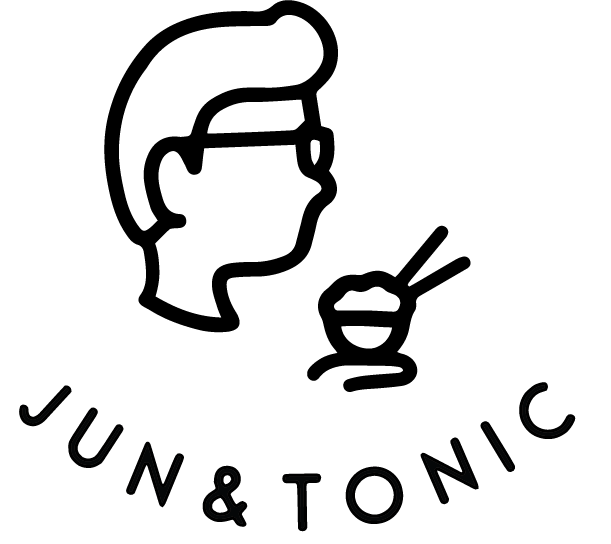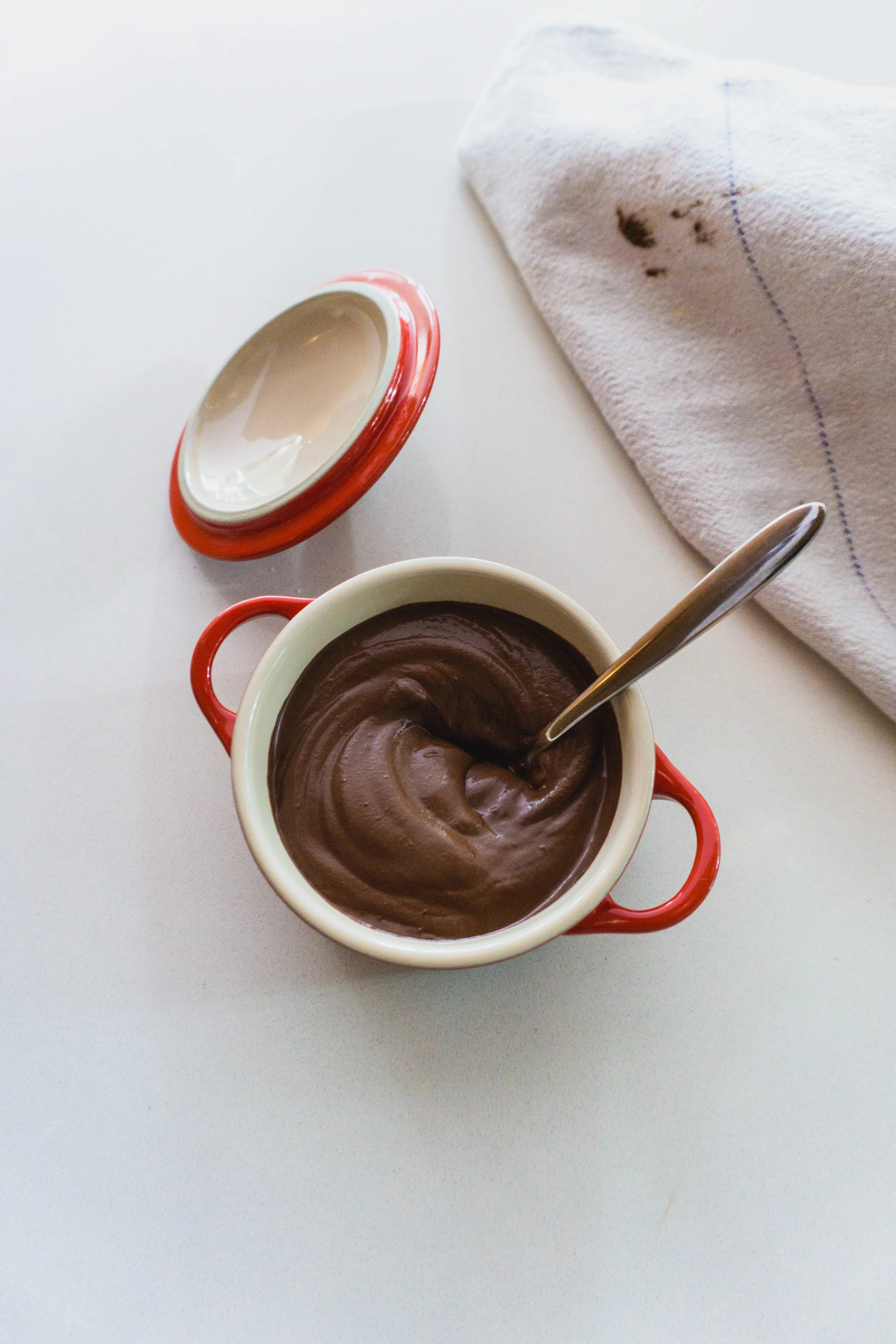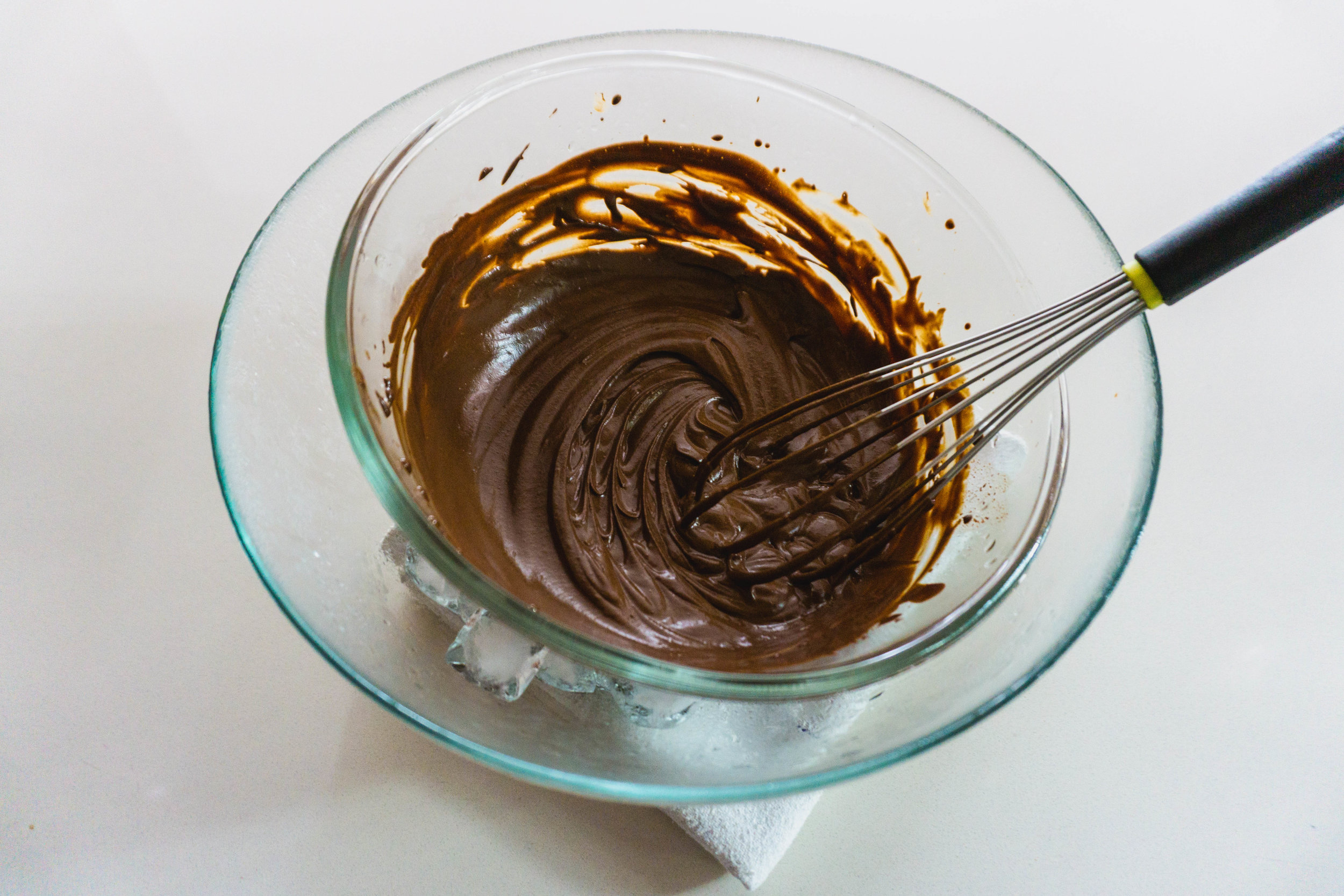Chocolate + Water = Magic!
If you’re the slightest bit inclined towards baking, chances are you’ve heard of the cardinal sin of chocolate - never let melted chocolate come into contact with water, lest the silky smooth chocolate will seize up and become a clumpy, stool-like mess.
While this does happen (often creeping up on you when you least expect it), what we weren’t told was that with enough water, the chocolate comes together to form luscious, satiny chocolate lava again! Not only that, with a little whisking and gentle coercion, it’ll turn into the purest, most indulgent chocolate mousse you’ll ever have tasted. (provided you use good chocolate; after all, it’s near impossible to save a mousse made with dull chocolate).
This rule-breaking phenomenon actually blew my mind the first time I read about it. (Watch this video of Heston and you might just be as awe-struck.) I would’ve attributed the phenomenon to the occult, if not for good ol’ science. So before we talk about the recipe, we’re gonna first delve into a little science! Don’t worry, I promise to make it super accessible. There's even an attempted comic strip involved, if that's an incentive to learn some science!
---
First, what is chocolate made of? Your typical dark chocolate bar, be it Lindt, Valrhona, a hipster Mast Brothers equivalent, or (God forbid) Hershey’s, is made up of three main ingredients - cacao bean solids, sugar crystals, and cocoa butter (along with a host of possible flavourings, emulsifiers and stabilisers). Milk chocolate and white chocolate have similar compositions but with milk proteins thrown into the mix, but let’s focus on dark chocolate for now (for simplicity’s sake, and also because it’s my favourite of the three. :P)
In chocolate (both its solid and melted states), the cocoa butter acts as the glue or vessel in which all the other ingredients are held in, kinda like the cakey parts of a fruit cake, or the bubur in a bubur cha cha.
Despite chocolate's ability to melt into a liquid, it actually contains very little to no moisture, hence some literature considers it to be "dry" (weird concept I know, but bear with me). So when a little water is added to melted chocolate, all the water-soluble compounds within the chocolate will be attracted to this newly-introduced water. Harold Mcgee describes the water “as a kind of glue” which pulls and separates the sugar crystals and cocoa particles from the liquid cocoa butter to form patches of syrup and solid cocoa.
Now here’s where the magic happens: when more water is added to the clumpy, split chocolate, it'll become a cohesive, homogeneous liquid again with a little mixing. This happens because the water and cocoa butter will emulsify (like in a mayonnaise), so now the cacao solids, sugar crystals, flavourings etc. will be floating within tiny droplets of equally dispersed water and cocoa butter molecules. In other words, magic!
For a more vogue analogy, think of chocolate as a society, where people of different races and cultures (cacao solids, sugar crystals, flavourings etc) live happily together within a community ruled by a just, accepting and loving government (the cocoa butter). Now when a small group of fear-mongering, racewar-inducing people (water molecules) are introduced, it pits different races (components) against each other, turning the beautifully diverse, vibrant society into a broken, xenophobic one with racial cliques that cling together, creating a racially segregated society (split chocolate).
But (and this is where the analogy turns a tad idealistic) as the fear-mongering government (water) grows larger, the majority within the government will realise that the first bunch of crooked fear-mongering individuals were doing more harm than good to the overall society (because the previously glossy chocolate bar now looks like crap) and they will change and endeavour to become more accepting and loving of others, forming closer bonds (emulsifying) with the fair and loving cocoa butter bunch, and the society eventually returns to its cohesive, diversely intermingled state again (satiny smooth chocolate!).
Man, I even drew a comic strip for this amateur-xkcd style. Oh the weird things this blog gets me up to...
1 - A harmonious chocolate society
2 - Water ruins everything
3 - Horrible, split chocolate
4 - Chocolate again!
Moral of the story: love always wins, so don’t lose hope people, believe and fight for the cocoa butter in each and every one of us!
(Disclaimer: This analogy is not related to or inspired by any political situation. Not the ones in Malaysia, the US *cough*Trump*cough* or otherwise. Any resemblance to current political climates are purely coincidental. *cough*)
Alright, now that I’ve somehow gone from chocolate to politics, I think it's high time we get back to the recipe!
---
So we now know that chocolate + water = magic, but how do we turn this into a mousse? In a conventional mousse, eggs, sugar and cream are often aerated and added to chocolate, giving the chocolate volume, but also adding richness and oftentimes balances the flavour of the mousse. Meanwhile, adding solely water to chocolate purely lends volume, which when whisked traps tiny air bubbles within the liquid, forming a dense foam, a.k.a. a mousse. However, since there is no extra fat or flavour added to the chocolate, this chocolate-water mousse has a completely different character to conventional mousses, as it just tastes of the pure, unobstructed flavour of the base chocolate, which is why it’s doubly important to use good-quality chocolate for this!
From what I read, this magical idea isn’t at all a recent finding. Pastry chefs around the world have apparently known this technique for decades. And chefs like Heston Blumenthal and Janice Wong from Singapore’s 2am:dessertbar explicitly employ this technique too. But it was Hervé This, one of the fathers of molecular gastronomy, who was the first to jot this down, earning bragging rights to this technique/recipe. However, credit has to go to Food52’s Kristen Miglore and her (actually genius) Genius recipes for the article that first lead me to this recipe. :D
---
Magic Chocolate Mousse
makes 4 portion
Ingredients:
200g chocolate, preferably of good quality, chopped up
200g water
Method:
- Place chopped-up chocolate in a big bowl, and prepare an ice bath (with a towel on the bottom to hold it in place).
- Bring the water to a boil, then pour over the chocolate and stir until all the chocolate has melted.
- Place the bowl of melted chocolate over the ice bath and whisk until the mixture thickens (~5 minutes; see notes).
- Keep and serve at room temperature (it goes hard when chilled). If not having immediately, keep it in the fridge, and heat it over a bain-marie and whisk a little before consuming to soften it.
Notes:
- The chocolate will thicken all of a sudden, so do watch for this and remove from the ice bath as soon as you see this happening, lest it’ll turn hard and clumpy if left to cool too much. Don’t worry if this happens though, just heat the bowl over a water bath/bain-marie, stir, and the mousse will come together again!
- If you don’t want a hefty forearm workout from all the whisking, use an immersion blender or an electric whisk.









